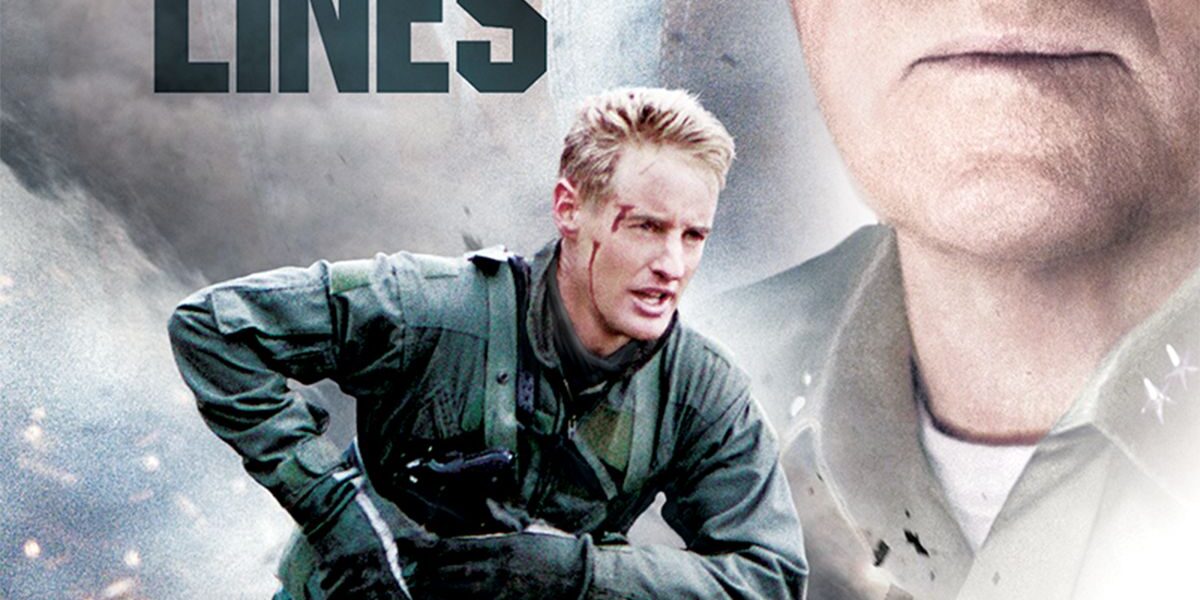Movie Overview
- Title: Behind Enemy Lines
- Release Date: November 30, 2001 (wide release)
- Genre: Action / War / Thriller
- Director: John Moore
- Main Cast:
• Owen Wilson as Lieutenant Chris “Longhorn” Burnett
• Gene Hackman as Admiral Leslie Reigart
• Gabriel Macht (Stackhouse)
• Olek Krupa (General Lokar)
• Joaquim de Almeida as Admiral Piquet
• David Keith, Vladimir Mashkov, and others in supporting roles - Where to Watch: Available via digital rental / streaming platforms (e.g. “Movies Anywhere”)
1. Plot Summary
Lieutenant Chris Burnett, a U.S. Navy flight officer, and his pilot partner, Stackhouse, are assigned a reconnaissance mission over Bosnia in a newly demilitarized zone. During their mission, they stray off course to investigate suspicious activity and unwittingly photograph a mass grave and illegal troop movements.
Their aircraft is struck by surface‐to‐air missiles, forcing them to eject into hostile territory. Stackhouse is wounded and captured, while Burnett becomes the focus of a ruthless pursuit by Serbian forces, including a tracker named Sasha.
Meanwhile, aboard the U.S. aircraft carrier USS Carl Vinson, Admiral Reigart fights political and bureaucratic constraints to mount a rescue, despite orders from NATO leadership to stand down. The tension mounts as Burnett evades capture across rugged terrain, trying to survive long enough for a daring rescue to reach him.
The film’s stakes lie in Burnett’s survival, what he witnessed, and whether he can be brought home before the evidence is destroyed or his enemies eliminate him.
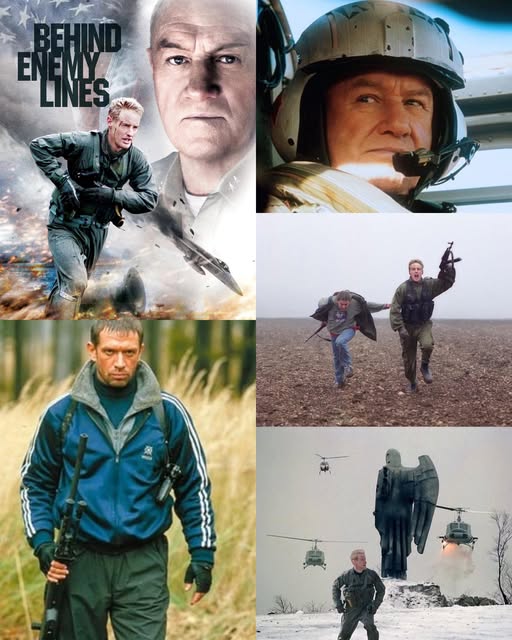
2. Notable Elements
What Works / Memorable Scenes
- Opening Aerial Sequence / Missile Attack: The film’s early scenes—pilots chasing missiles, evasive maneuvers, and the dramatic shoot-down—are tense and visually memorable. Roger Ebert praises these as among the film’s high points.
- Cinematography & Location Use: The terrain—Bosnian mountains, forests, snowy fields—is used effectively to portray isolation, danger, and the vulnerability of a lone man in enemy territory.
- Character Conflict & Duty vs Orders: Admiral Reigart’s internal conflict (duty, chain of command, wanting to save a man) gives weight to the rescue arc. His dynamic with NATO superiors adds political tension.
- Cat-and-Mouse Pursuit: The chase sequences where Burnett is hunted by trackers are suspenseful—they rely not only on weapons but on terrain, stealth, misdirection. The sense of being hunted is central.
- Performances Turning Against Type: Owen Wilson, known more for comedy, delivers a credible action role. Gene Hackman adds gravitas as a hardened military officer.
Weaknesses / What Doesn’t Land
- Unrealistic / Implausible Moments: Critics point out moments where Burnett behaves illogically (making himself a target, exposing himself unnecessarily) and where enemy forces fail to capitalize. Ebert famously mocks some “you must be crazy” moments.
- Simplistic Villains / Thin Motivations: The antagonists (General Lokar, tracker Sasha) are less developed; their motivations (covering up war crimes) are serviceable but lack deeper nuance.
- Propaganda / Jingoism Critiques: Some reviews characterize the film as overly patriotic, simplistic in its moral framing, favoring U.S. heroism over nuanced geopolitical balance.
- Tonality Shifts & Pacing Issues: The movie shifts abruptly between political command rooms, rescue planning, intense chase, and quiet survival. Some viewers find these transitions jarring or the pacing uneven.
- Depth of Character / Emotional Investment: Because much of the film is action and survival, personal backstory is minimal. As a result, with some characters you feel less emotional stake in their fate.
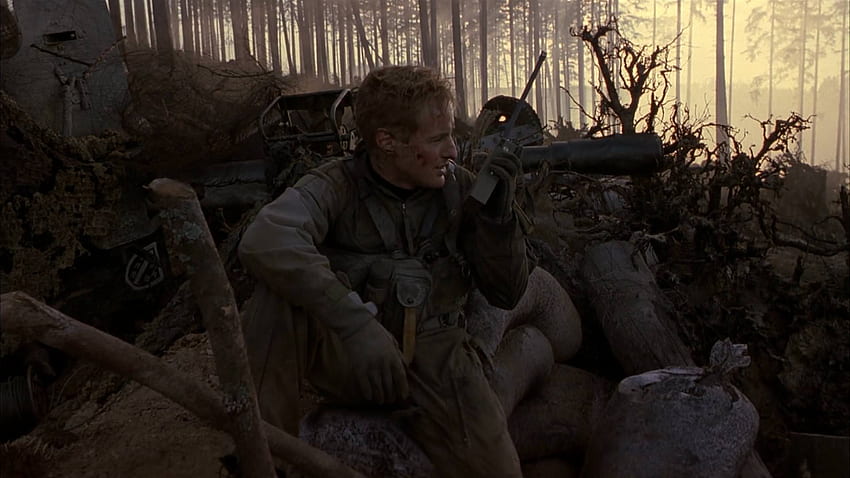
3. Themes & Messages
- Duty, Honor & Loyalty: The film emphasizes how far individuals will go to honor commitments—Burnett trying to survive, Reigart pushing to rescue despite orders. The tension between obeying orders and doing what feels morally right is central.
- The Cost of Truth & Exposure: Burnett’s unwanted photograph of war crimes is the catalyst. The film examines how exposing wrongdoing is dangerous, often suppressed, and how those in power may act to silence witnesses.
- Survival in Isolation: Burnett’s ordeal in enemy territory is as much about will, resourcefulness, and cunning as firepower. The natural terrain becomes both enemy and ally.
- Politics vs Human Value: The film pits political constraints (treaties, NATO protocols, chain of command) against the human imperative to save a life. It suggests that at times, bureaucracy must be overridden for moral imperative.
- Heroism in Ordinary People: Burnett isn’t a superhero; he’s a naval officer put in extreme circumstances. His heroism is earned through adversity, pain, strategic thinking.
While not a “holiday film,” some of these themes (sacrifice, duty, risking for others, moral courage) resonate with the season’s spirit of service, giving, and doing right even when difficult.
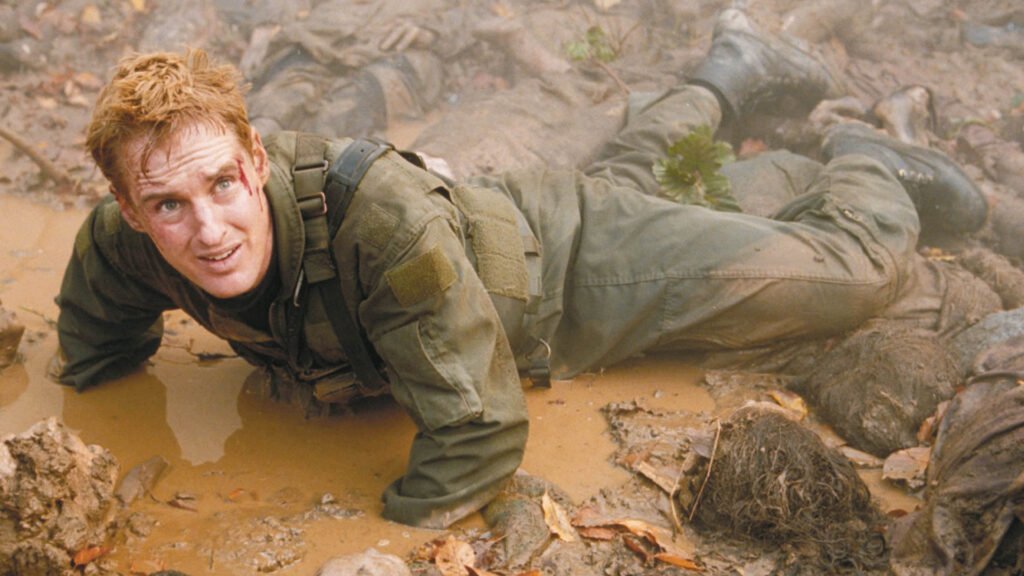
4. Personal Impressions
What I Liked
- I enjoyed how the film balances action with survival tension. It’s more than explosions; the chase, the hide and seek, the mental strain carry weight.
- The moral stakes—Reigart’s struggle—is compelling. It adds more dimension than a straightforward rescue.
- The performances anchor the film. Wilson and Hackman elevate material that could easily be predictable.
- The visuals and terrain make the isolation visceral: snow, ridge lines, valleys, forest cover—all contribute to suspense.
What I Less Enjoyed
- Some sequences strained credulity. At times I felt the hero’s luck or superhuman timing was pushed too far.
- The villains are serviceable but not deeply compelling; I wish more had been done to humanize or contextualize their choices.
- Emotional depth is limited. Because we see so little of Burnett’s personal life or backstory, the emotional connection can be thin.
- The abrupt tonal shifts and pacing unevenness sometimes pulled me out of immersion.
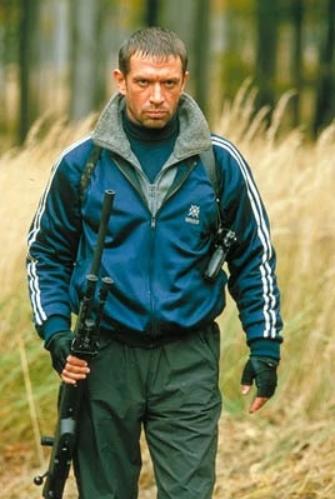
5. Audience Recommendations
This film may especially appeal to:
- Fans of military or war thrillers who like pursuit, survival, cat-and-mouse in hostile territory.
- Viewers who enjoy “rescue mission” stories with a blend of strategy, political tension, and action.
- Those who like films about moral choices in wartime, where characters must defy orders to do what feels right.
- Action lovers who accept some suspension of disbelief in favor of spectacle and pulse-pounding moments.
It might be less ideal if:
- You prefer realism and tight logic (this film has moments that push plausibility).
- You crave deep character studies or emotional arcs—this is more action-survival than drama.
- You dislike overt patriotism or films that lean toward simple dichotomies of “us vs them.”
6. Conclusion & Rating
Behind Enemy Lines is a serviceable, energetic action thriller that delivers on suspense and tension more than subtlety. Its flaws—implausible beats, shallow villainy, tonal swings—are real, but its strengths—action sequences, performances, moral urgency—allow it to entertain.
If you’re in the mood for a high-stakes chase in war-torn terrain, moral conflicts, and survival drama, it’s worth a watch. Just don’t expect subtlety or historical fidelity.
Final Recommendation: Watch it as an action thriller, not a realistic war film. You’ll get excitement, tension, and some emotional investment—just keep expectations modest.
Star Rating: ★★★☆☆ (3 out of 5 stars)
